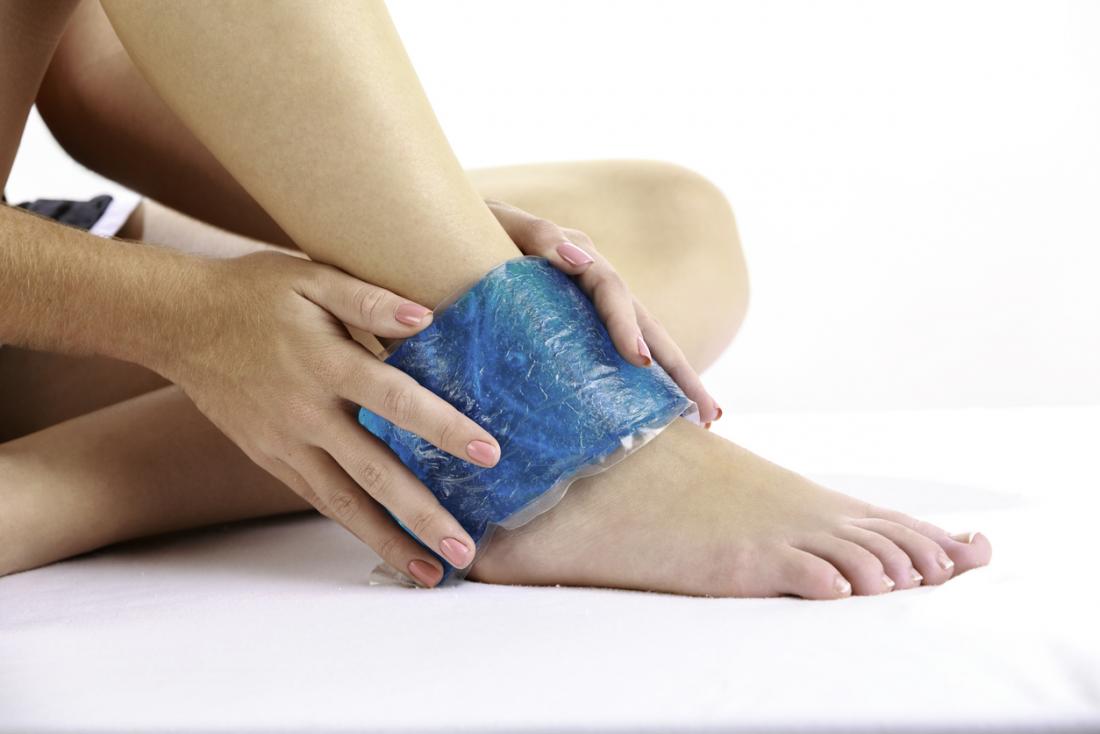What is Tendinitis? – Know the Symptoms, Causes, and Treatment Methods

Tendinitis is an inflammatory condition that affects the tissues, which connect bones (tendons) and muscles. It is caused due to the overuse of tendons during activities like running, exercise, gardening, poor postures at home or work, and others. Moreover, this condition is painful.
If you are looking for the best podiatry office in Irvine, California, you must visit a well-experienced podiatrist like Dr. Sima Soltani. She has over 20 years of experience in treating patients with ankle and foot problems. Also, they are affordable too.
About tendinitis
Tendon is a flexible, fibrous, as well as tough tissue. Irritation or inflammation caused to the tendon is referred to as tendonitis or tendinitis. Although tendons are tough, they are also called soft tissues as they are softer than bones. Muscles and tendons work together to exert a force. Tendinitis will be chronic (long-term) or acute (short-term) in nature.
Symptoms
Symptoms of tendinitis will last from some days to weeks or months.
The following are a few symptoms:
- The feeling of grating or crackling
- Lumps
- Head, redness, and swelling
- The feeling of gap line in the tendon
- Extreme pain that worsens movement
Causes
The most common causes of tendinitis are:
- Repetitive activities
- Serious or sudden injury
Usually, tendinitis develops in individuals who perform repetitive movements, vibration, forceful exertion, awkward positions, and reaching head frequently.

Which parts does it affect?
Tendinitis may occur in any region where tendons connect to the muscle and bone.
A few common areas are:
- Thumb base
- Shoulder
- Knee
- Elbow
- Achilles tendon (which connects heel bone and calf muscles)
- Hip
Types of tendinitis
There are different kinds of tendinitis that affect the various body parts.
They include:
- Achilles tendinitis – occurs between heel and calf muscle
- Supraspinatus tendinitis – shoulder joint top
- Golfer’s or Tennis elbow – tennis elbow – pain over the outside of elbow and golfer’s elbow – pain within the elbow
- Wrist tendinitis – affects wrist tendons
- Thumb or finger tendinitis – affects thumb or finger
- De Quervain’s stenosing tenosynovitis – affects tendons between the wrist and thumb
Treatment for tendinitis
In many cases, the inflammation and pain can be reduced by avoiding activities, resting the area, using cold and hot treatment methods, and taking painkillers and corticosteroid injections, physical therapy, and doing specific exercises as well as exercises. If the condition is not improving even after 3 weeks, then it’s time to consult your doctor.
Your physician will do a physical examination to find out the affected area. If the pain is at a specific spot in the tendons, then it is tendinitis. Tests like X-ray, MRI, or ultrasound scan are used to diagnose the calcium deposits over the tendon and swelling.
In case there are deposits of calcium over the tendon, advanced treatment methods like ESWT (extracorporeal shock wave therapy) will help to remove the deposits. Improper treatment may lead tendinitis to a serious condition like tendon rupture, which needs immediate surgery.
So, gather information about the best foot doctor, expertise in providing the best treatment methods for tendinitis, and book your appointment today to reduce your pain.












